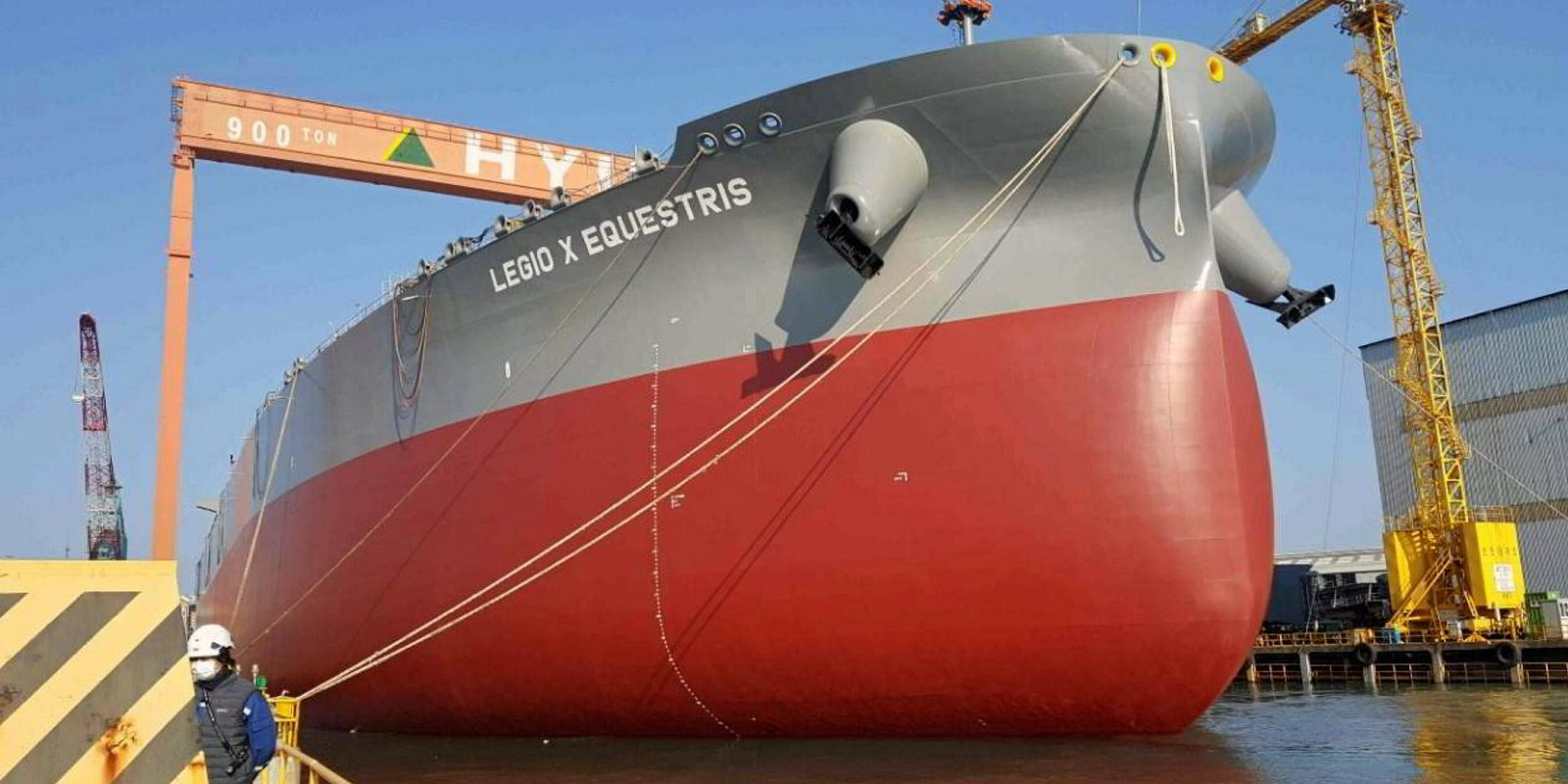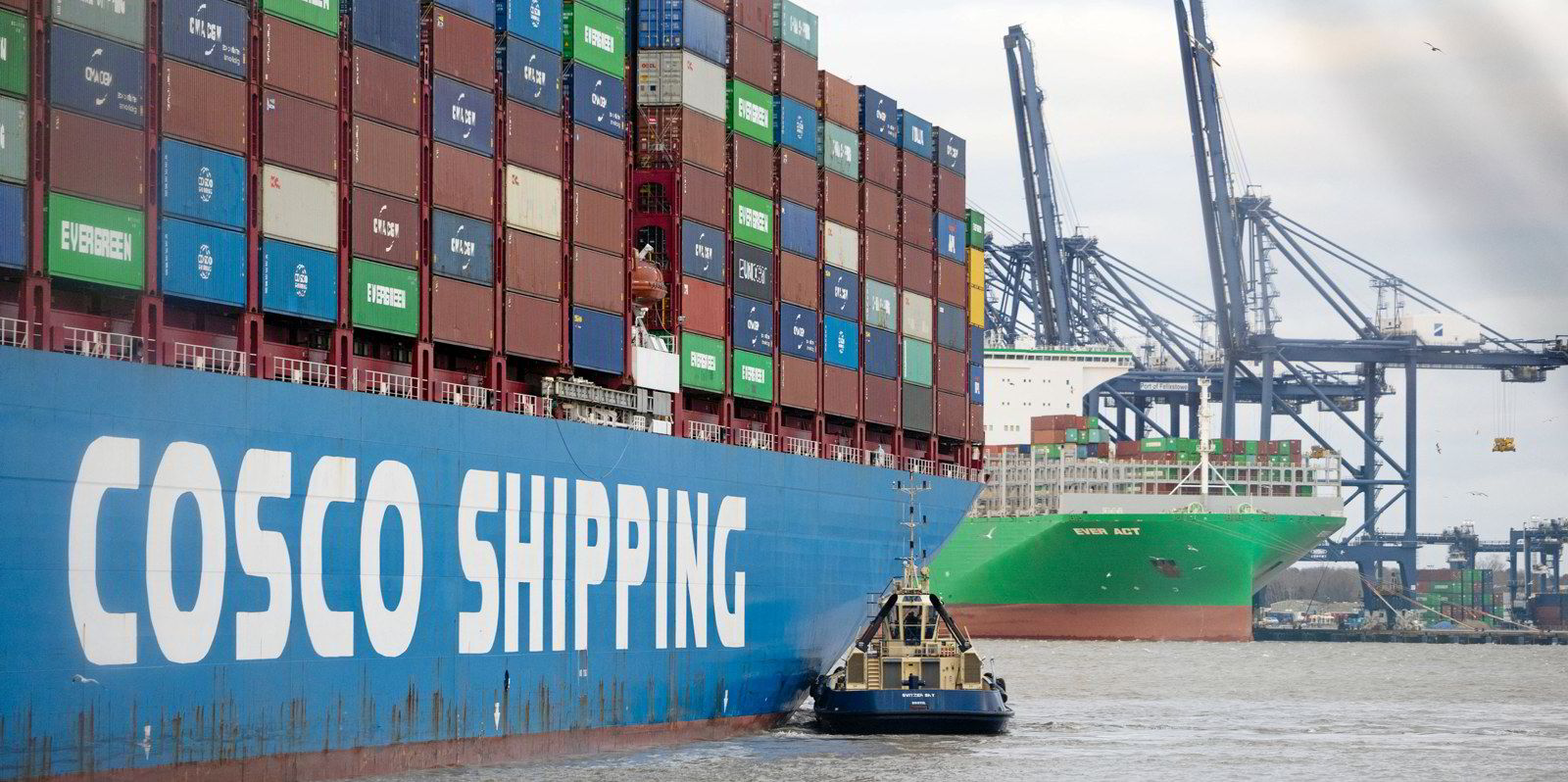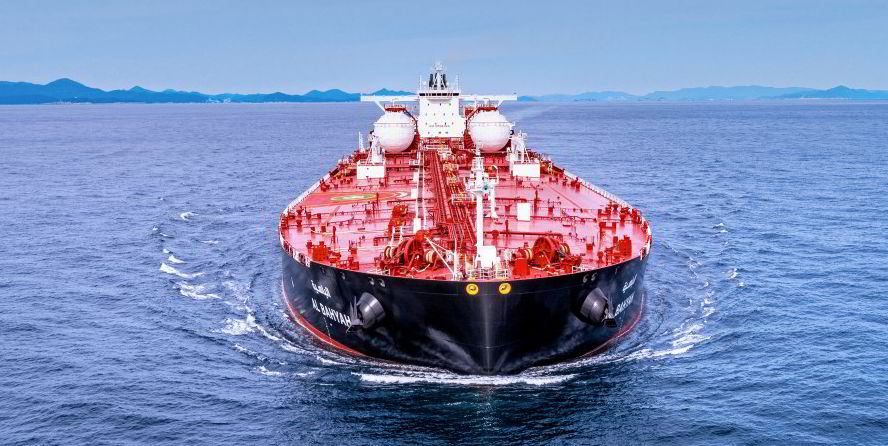A lack of berth space availability has resulted in newbuilding prices for large vessels growing at a faster pace than those for smaller vessels, according to Clarksons.
In addition to depleted slot availability at yards, the broker says rising prices have also come on the back of ongoing inflationary pressures for shipyards, in particular labour costs, and still elevated steel prices in South Korea and Japan, although they have moderated in China.
The shipbroker says guideline prices for large ships, typically with a length overall (loa) of more than 200 metres, have risen by 15% year on year in the LPG sector, 11% for bulkers, 9% for container ships and 8% for tankers.
“Prices for large vessels have firmed across the board, with owners ordering these units facing a particularly acute shortage of berth availability,” Clarksons said.
The broker said that while shipyard capacity has seen only incremental increases since the beginning of 2020, the global orderbook, in cgt terms, is now 55% larger.
“Space at larger shipyards has quickly become more highly utilised following the record container ship and LNG carrier contracting volumes of 2021-22 and the steady flow of orders seen more generally since,” Clarksons said.
“Furthermore, over the past year, there has been firm demand for many large ship types with LPG carrier contracting at record levels.
“More VLCCs ordered in the year to date than in 2022-23 combined and very strong LNG carrier order numbers have resulted in increased competition between the different shipping sectors for available berths, pushing prices up further,” the broker added.
In contrast, the broker says prices for smaller ships, those with an loa of under 200 metres, have generally risen more slowly.
“Prices for smaller LPG carriers have risen by 11% year on year, and most notably prices for smaller bulkers and container ships have only registered limited increases over the last year, at just 3% and 2% respectively,” the broker said.
“This comes against a backdrop of less constrained yard slot availability at small to mid-size builders, particularly in China, which focus on these vessel types, and which have not seen as significant an uptick in ordering as their larger counterparts focusing on the larger units.”
On the back of these recent trends, Clarksons says indicative indices for newbuilding prices show that since the beginning of 2020 prices for large vessels have increased by 45%, smaller vessels by 35%, with smaller bulkers and container ships alone increasing by 30%, with the divergence beginning in 2022.





